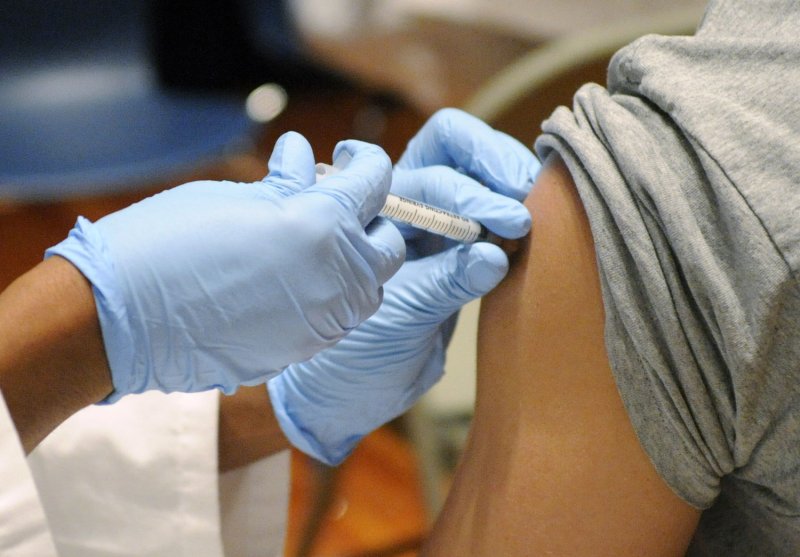MADISON, N.J., Nov. 20 (UPI) -- Data from a laboratory testing company suggests the H1N1 flu may have peaked in October in the United States, company officials said.
A report by Quest Diagnostics Inc., a leading provider of diagnostic testing services, released Friday said the rates of infection by the H1N1 influenza virus may have peaked in late October, but the pandemic flu virus continues to be a potential source of illness in all age groups, including the elderly.















